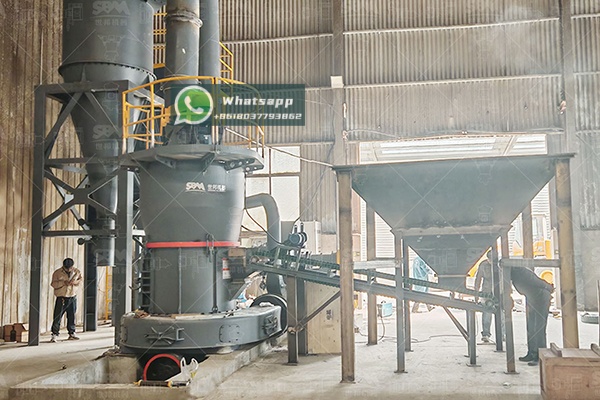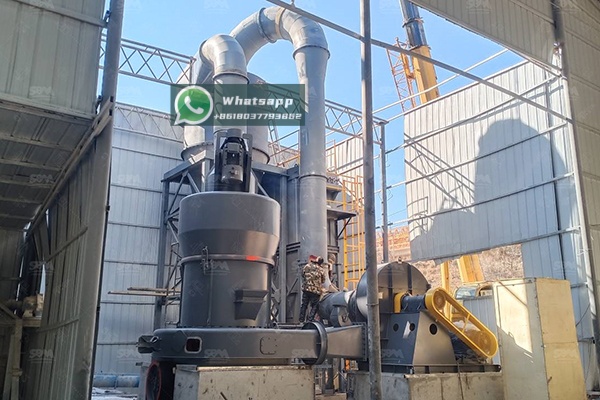In the world of industrial powder processing, the choice between different grinding mill technologies can significantly impact production efficiency, product quality, and operational costs. Two prominent technologies that often come under comparison are the European Mill (represented by advanced models like MTW Series) and the traditional Raymond Mill. As Shanghai Zenith Machinery Co., Ltd., an excellent manufacturer of ore grinding equipment in China with great achievements in ultra-fine powder grinding, we provide comprehensive analysis to help industry professionals make informed decisions.
The Raymond Mill, invented in the early 20th century, has served as the backbone of powder processing industries for decades. Its simple mechanical structure and reliable operation made it the industry standard for medium-fine grinding applications. However, with advancing technology and increasing demands for higher efficiency and finer products, European-style mills emerged as sophisticated alternatives incorporating multiple technological improvements.

Traditional Raymond Mills typically feature a vertical structure with a spring-loaded grinding roller system that swings outward to press against the grinding ring. The material is fed through a central feed pipe and falls onto the grinding table, where it’s ground between the rollers and ring.
European Mills, such as our MTW Series, incorporate a bevel gear overall transmission system instead of the traditional edge transmission found in Raymond Mills. This design eliminates the vulnerable gearbox and provides more stable operation with reduced maintenance requirements. The curved air duct design in European Mills also reduces air flow resistance and improves powder collection efficiency.
When comparing similar size models, European Mills generally demonstrate 20-40% higher capacity than traditional Raymond Mills. This efficiency gain comes from multiple factors including improved grinding mechanics, better material distribution, and more efficient air flow patterns. For instance, our MTW215G European Mill can achieve capacities of 15-45 t/h, significantly higher than comparable Raymond Mill models.
Energy efficiency represents one of the most significant advantages of European Mills. The optimized transmission system and improved grinding efficiency typically result in 15-30% lower energy consumption per ton of processed material. This not only reduces operational costs but also aligns with modern environmental standards and sustainability goals.

Both mill types can produce fine powders, but European Mills generally offer better control over particle size distribution. With advanced classifier options, European Mills can achieve more consistent product quality with narrower particle size distributions. The final product size for European Mills typically ranges from 1.6mm to 0.045mm, comparable to Raymond Mills but with better consistency.
As specialists in industrial powder grinding equipment, Shanghai Zenith Machinery offers advanced solutions in both categories. Our Raymond Mill series continues to provide reliable performance for standard applications, while our European-style mills represent the cutting edge of grinding technology.
Our MTW Series European Mill incorporates multiple patented technologies that address the limitations of traditional designs. With its compact structure, long service life, and eco-friendly design, the MTW Mill is suitable for processing materials with maximum input size of 50mm, producing final product as fine as 0.038mm.
| Model | Max. Feed Size (mm) | Final Size (mm) | Capacity (t/h) | Main Motor (kW) | Fan Motor (kW) |
|---|---|---|---|---|---|
| MTW110 | <30 | 1.6-0.045 | 3-9 | 55 | 55 |
| MTW138Z | <35 | 1.6-0.045 | 6-17 | 90 | 110 |
| MTW175G | <40 | 1.6-0.045 | 9.5-25 | 160 | 200 |
| MTW215G | <50 | 1.6-0.045 | 15-45 | 280 | 315 |
For operations requiring ultra-fine grinding capabilities, our LUM Ultrafine Vertical Mill represents the pinnacle of grinding technology. This mill integrates grinding, drying, classifying, and transportation functions while occupying minimal space. It’s designed to produce products with high content of end-fines and features intelligent control for easier maintenance.
| Model | Main Machine Power (kW) | Capacity (t/h) | Size Distribution D97 (μm) |
|---|---|---|---|
| LUM1525 | 220-250 | 1.6-11.5 | 5-30 |
| LUM1632 | 280-315 | 2.0-13.5 | 5-30 |
| LUM1836 | 355-400 | 2.3-15 | 5-30 |

Traditional Raymond Mills are known for their simplicity and ease of maintenance, with readily available spare parts and straightforward repair procedures. European Mills, while potentially requiring more specialized knowledge for certain components, are designed with longer service intervals and more durable critical components.
European Mills generally offer better operational flexibility, with easier adjustments to product fineness and better handling of varying feed materials. The integrated systems in mills like our MTW Series allow for quicker changes between different production requirements.
While the initial investment for a European Mill is typically higher than for a comparable Raymond Mill, the total cost of ownership often favors the European design over the equipment’s lifespan. The combination of higher throughput, lower energy consumption, reduced maintenance downtime, and longer component life typically results in better return on investment for medium to large-scale operations.
The grinding mill industry continues to evolve toward higher efficiency, greater automation, and improved environmental performance. European Mill designs are at the forefront of these trends, incorporating features like:
The choice between European Mill and Raymond Mill technology depends on multiple factors including production requirements, budget constraints, material characteristics, and long-term operational goals. For operations prioritizing maximum efficiency, lower operating costs, and advanced features, European Mills like our MTW Series represent the superior choice. For simpler applications with budget limitations, traditional Raymond Mills continue to offer reliable performance.
At Shanghai Zenith Machinery, we recommend conducting a thorough analysis of your specific requirements before selecting grinding equipment. Our technical team can provide detailed comparisons and recommendations based on your production goals, material characteristics, and operational constraints. With our comprehensive range of grinding solutions, we’re positioned to provide the ideal equipment for virtually any powder processing application.